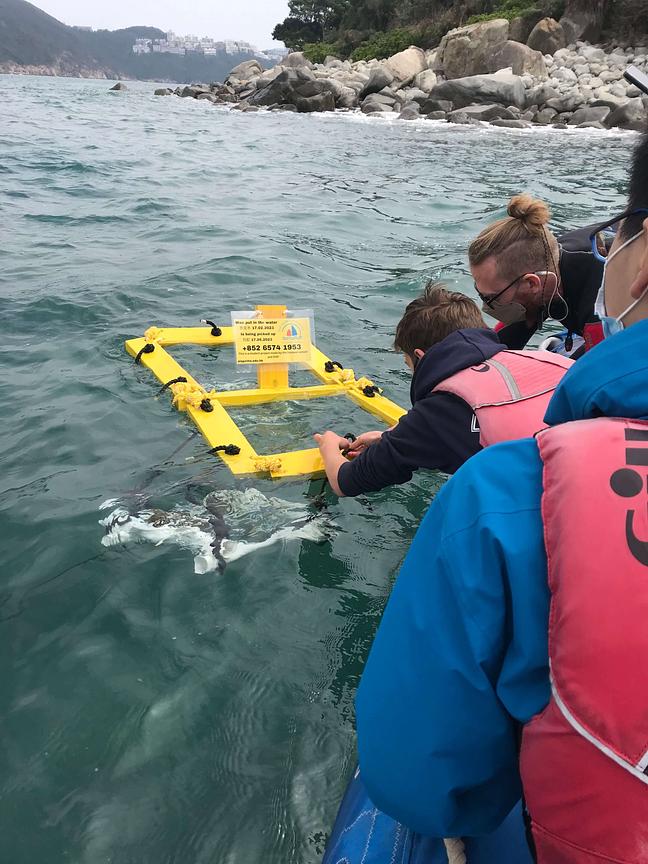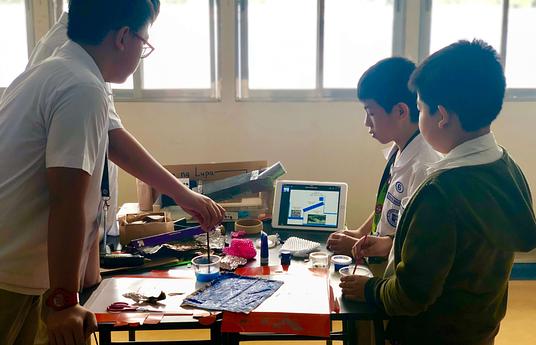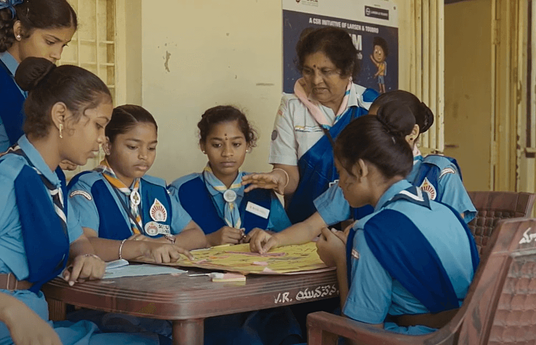The local South China Sea waters are in desperate need of a systematic approach to regenerating habitat and improving water quality. Only by using a cross-sector and intergenerational approach will we find lasting solutions. Co-creating models with governments, industries, and schools will develop savvy students primed to make a lifelong effort to reverse trends and influence positive change.
Our innovation in education provides practical solutions for the ocean while making learning relevant to all grade levels at THS. Teachers collaborate with the Centers of Excellence (COEs) which are staffed with experts to co-plan units and address local marine environmental issues that specifically draw on the Design Thinking Model and The Next Generation Science Standards. The Marine Science Center (MSC) integrates Marine Science with regional and global perspectives through state-of-the-art touch tanks and aquaria systems. The Black Dolphin is an outdoor classroom for sailing experiences, and the Foundry is a STEAM Maker Space for creativity in design and fabrication. Our solution leverages the COEs to synergize inclusively across different segments and ages. Our initiatives, such as artificial oyster reefs, seaweed farming, and plastics upcycling, have proven to positively impact the environment and have been heralded within our school, the HK community, and internationally.
Over the last 1-2 years, our innovation has been growing with significant achievements. In 2021, we successfully deployed artificial oyster reefs, which supported the growth of 50 oysters and sequestered over 0.83 Kilos of carbon. Another reef was deployed in 2022, and we aim to continue scaling up the program over the next three years. In March 2023, we achieved proof of concept for our seaweed farming initiative, with 10 structures built by students in the Foundry and deployed at various locations in local Hong Kong Waters. Ulva seaweed grew exceptionally well, and we are in the process of scaling up the model with the support of the Hong Kong Government. Additionally, we received an in-kind donation of a Precious Plastics Machine in 2022 to address plastics in the ocean.
Do a Needs Assessment of your local marine environment and along with the Design Thinking Model (DTM) create a stakeholder map of the individuals and groups affected by or that can have an effect on your project or initiative. Do a resource inventory and draft an actionable plan with the DTM. We welcome visitors to see the model in action. Contact COE - MAR Manager, kking@theharbourschool.edu.hk



